Exploring the Intersection of Affordable Housing and Environmental Sustainability in Kenya
On the occasion of Mashujaa Day, a significant national holiday in Kenya that honours those who have contributed to the country’s struggle for freedom, President William Ruto and other leaders gathered at Kwale Stadium in Kwale County to celebrate the nation’s heroes. The theme of this year’s event, ‘Affordable Housing’, focused on a key objective of the government’s agenda: to create employment opportunities and provide its citizens with access to decent, affordable housing.
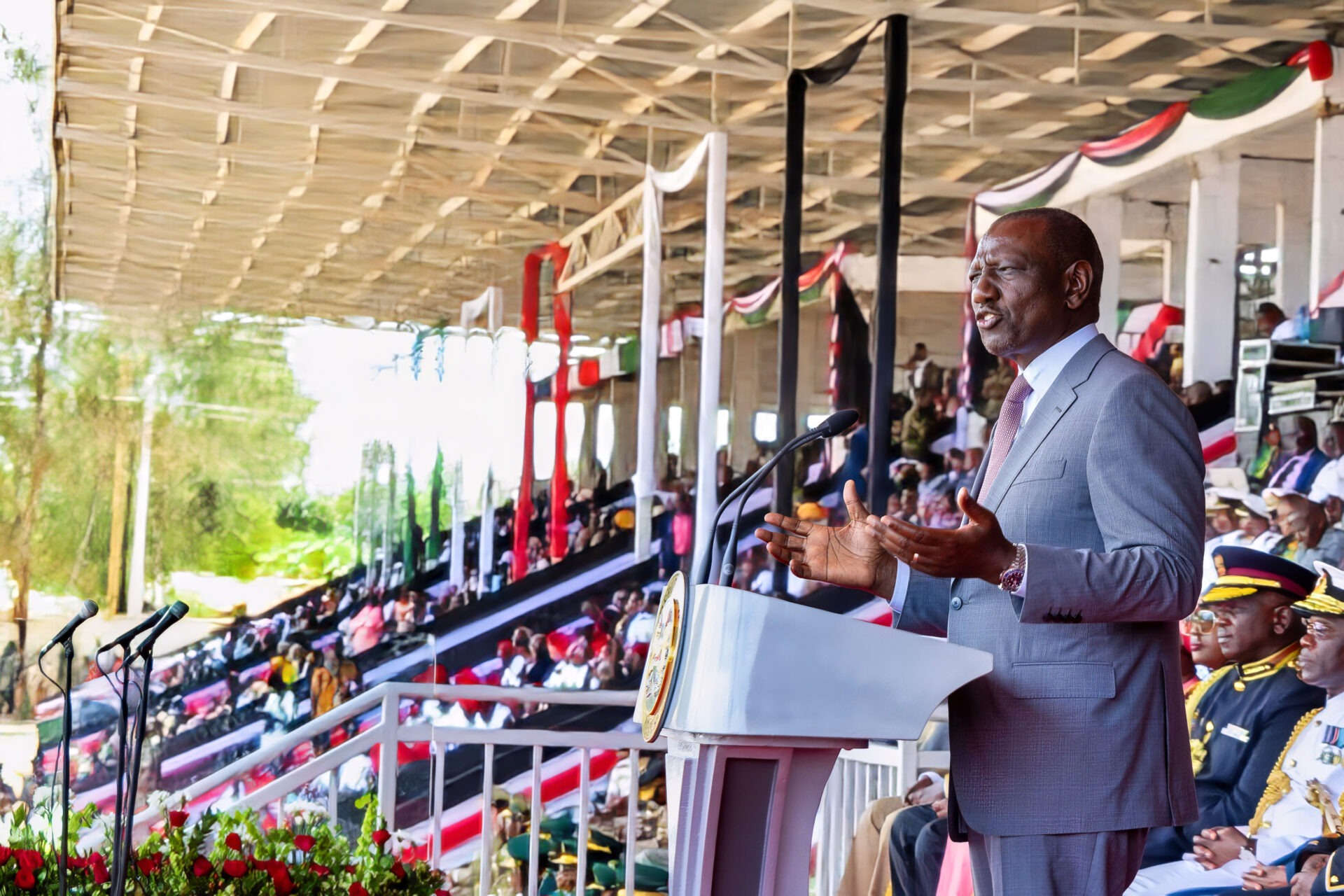
A Multifaceted Approach to Housing
President Ruto’s address highlighted the government’s commitment to this initiative, outlining a comprehensive strategy that integrates housing development with environmental sustainability. This initiative is not merely about constructing homes; it is about creating a future that is resilient, inclusive and green.

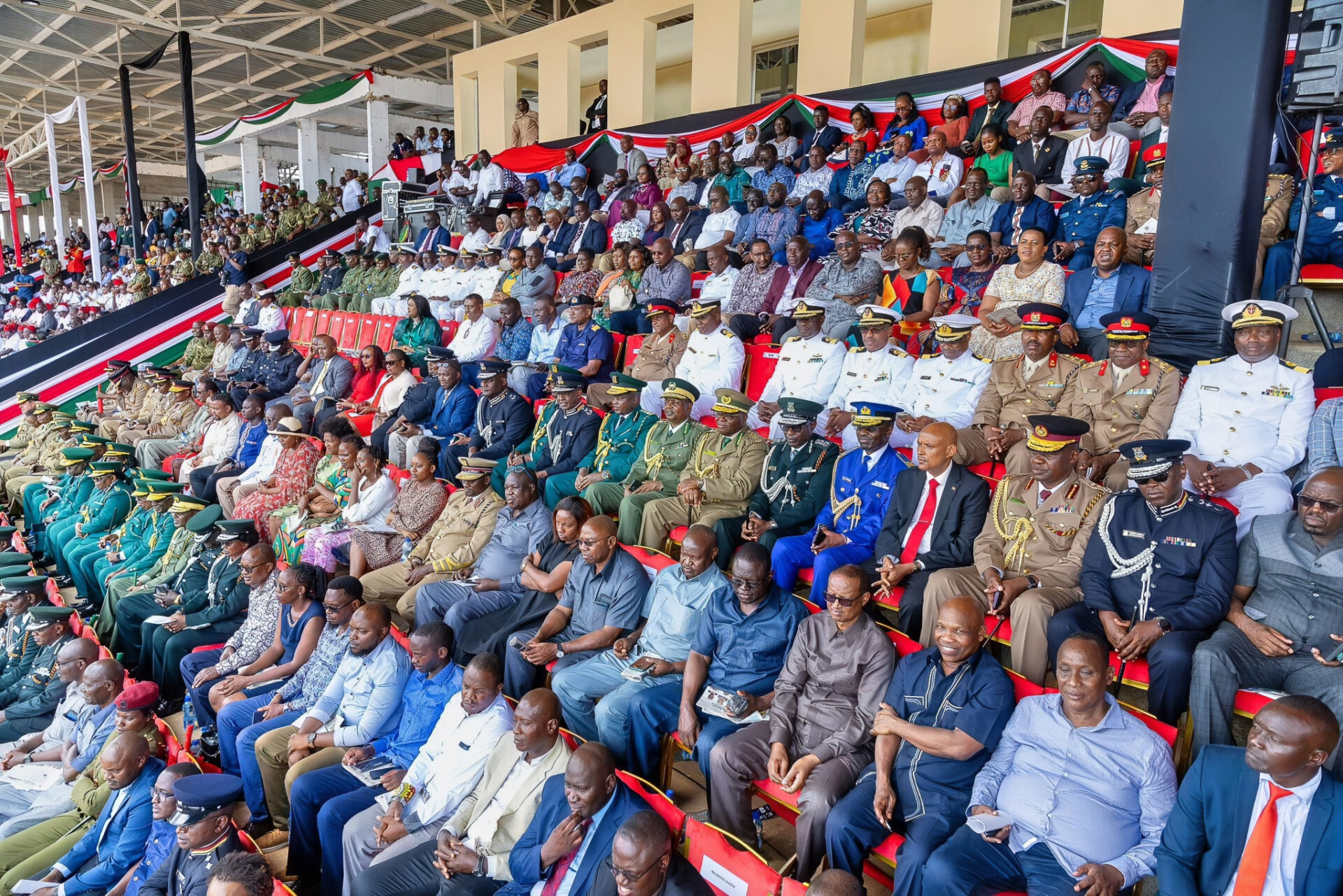





The government’s strategy involves integrating eco-friendly housing solutions and developing green spaces to address climate change while also stimulating socio-economic growth.
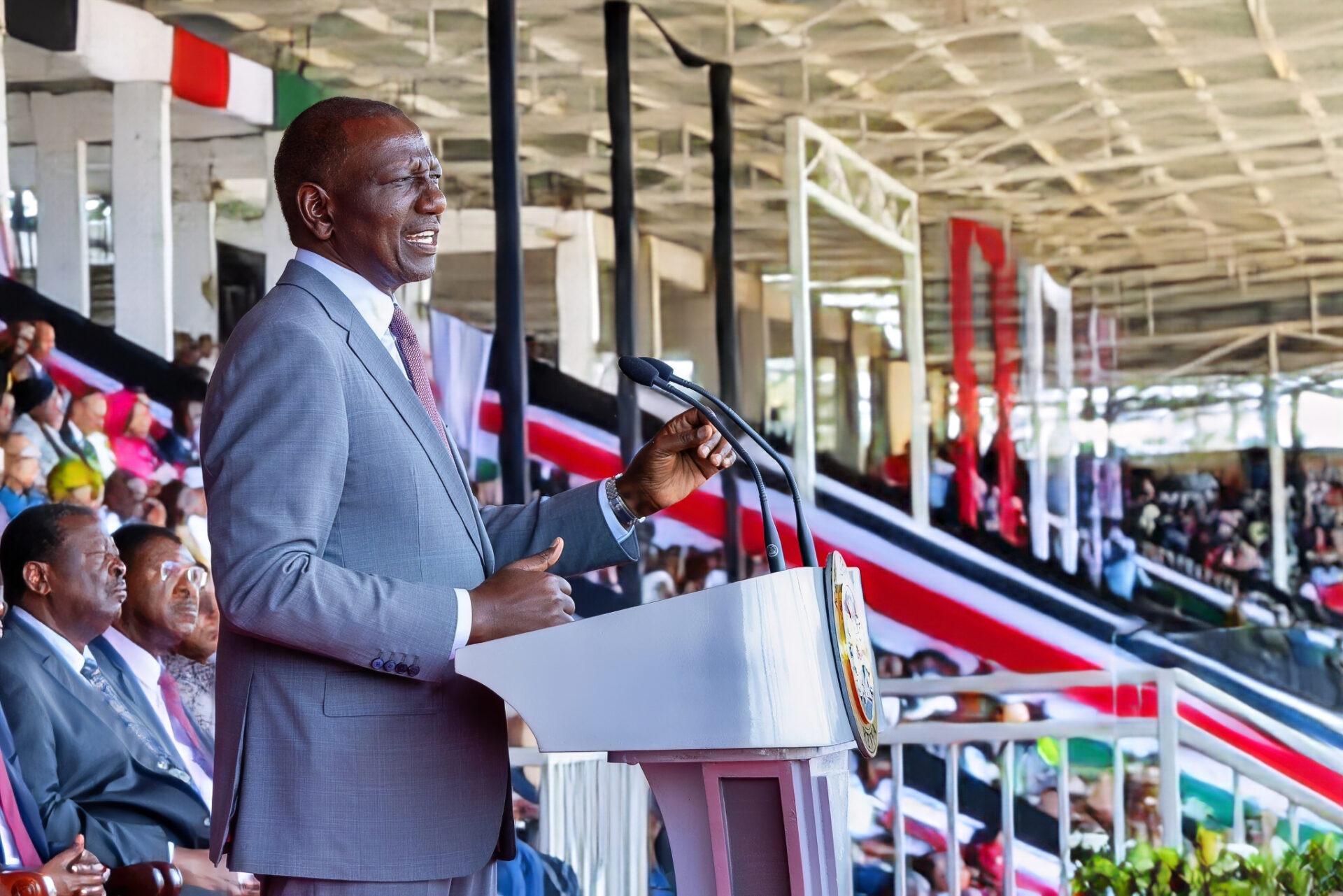
The Promise of Affordable Housing
The affordable housing programme is set to transform the lives of millions of Kenyans. It promises to alleviate the housing deficit that has long plagued the nation, offering a solution that will benefit many families. The plan entails the construction of cost-effective houses that adhere to green building standards. These standards guarantee that the houses are energy-efficient, have a reduced carbon footprint and are constructed using sustainable materials and technologies.
Importance of Green Spaces
Furthermore, the initiative acknowledges the significance of green spaces in urban settings, which are vital for the wellbeing of residents. Green spaces offer a multitude of advantages. They act as natural air filters for cities, improving air quality. They provide recreational areas for communities and enhance biodiversity.






In the context of climate change, green spaces play a vital role in adaptation and mitigation strategies, helping to cool cities, reduce flooding and absorb carbon dioxide.
Global Alignment and Local Impact
The government’s approach demonstrates a growing global awareness that affordable housing should not compromise environmental standards. This approach is aligned with the United Nations’ Sustainable Development Goals, particularly Goal 11, which aims to make cities inclusive, safe, resilient, and sustainable. By prioritising the provision of affordable and eco-friendly housing, Kenya is taking a significant step towards establishing a model that other nations can emulate.
Celebrating Heroes and Paving the Way Forward
The Mashujaa Day celebrations provided an opportunity to honour the past while also paving the way for a sustainable future. As the country progresses with this ambitious project, it serves as a testament to the spirit of the Mashujaa – heroes who fought for independence and those who continue to fight for a better quality of life for all Kenyans.
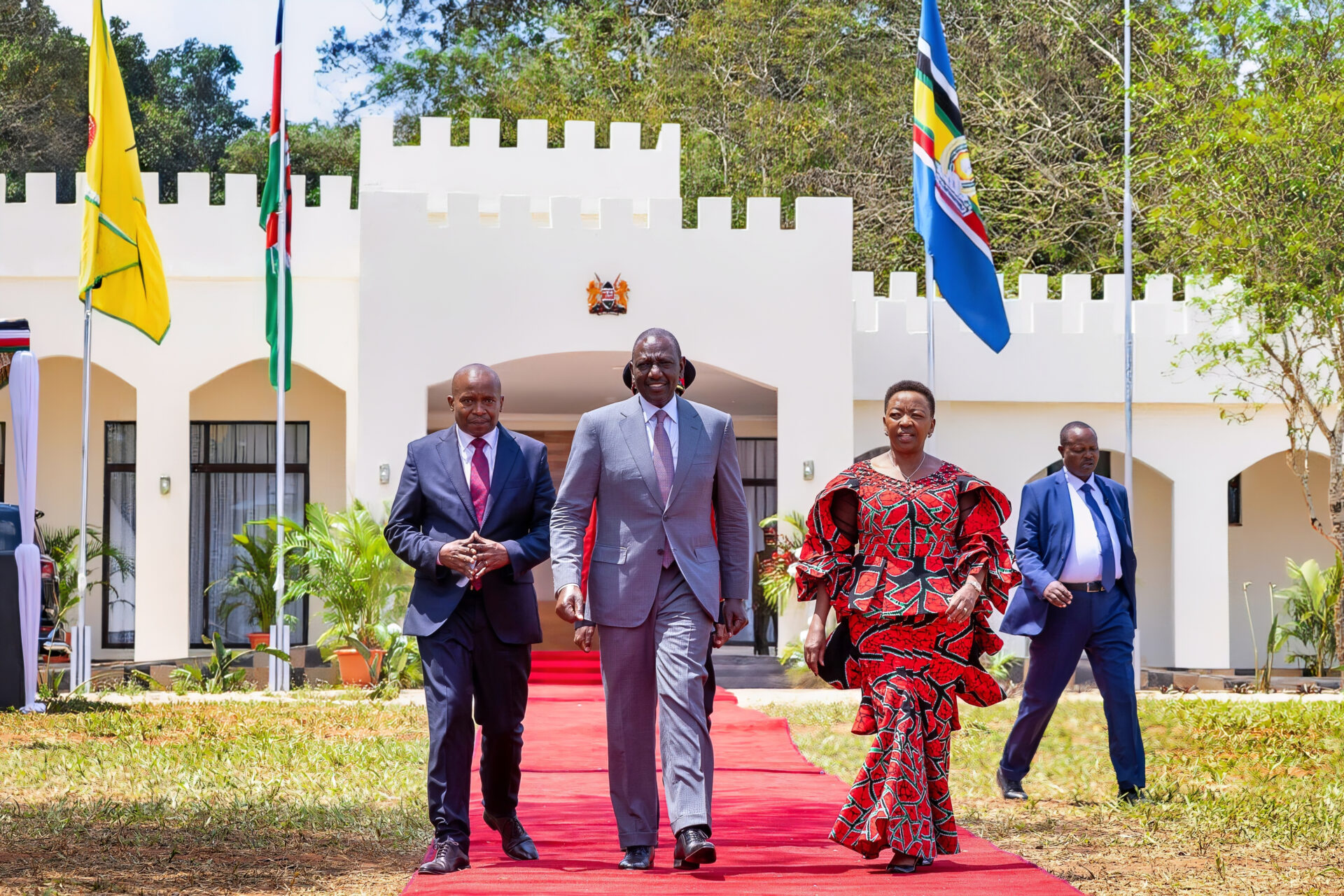
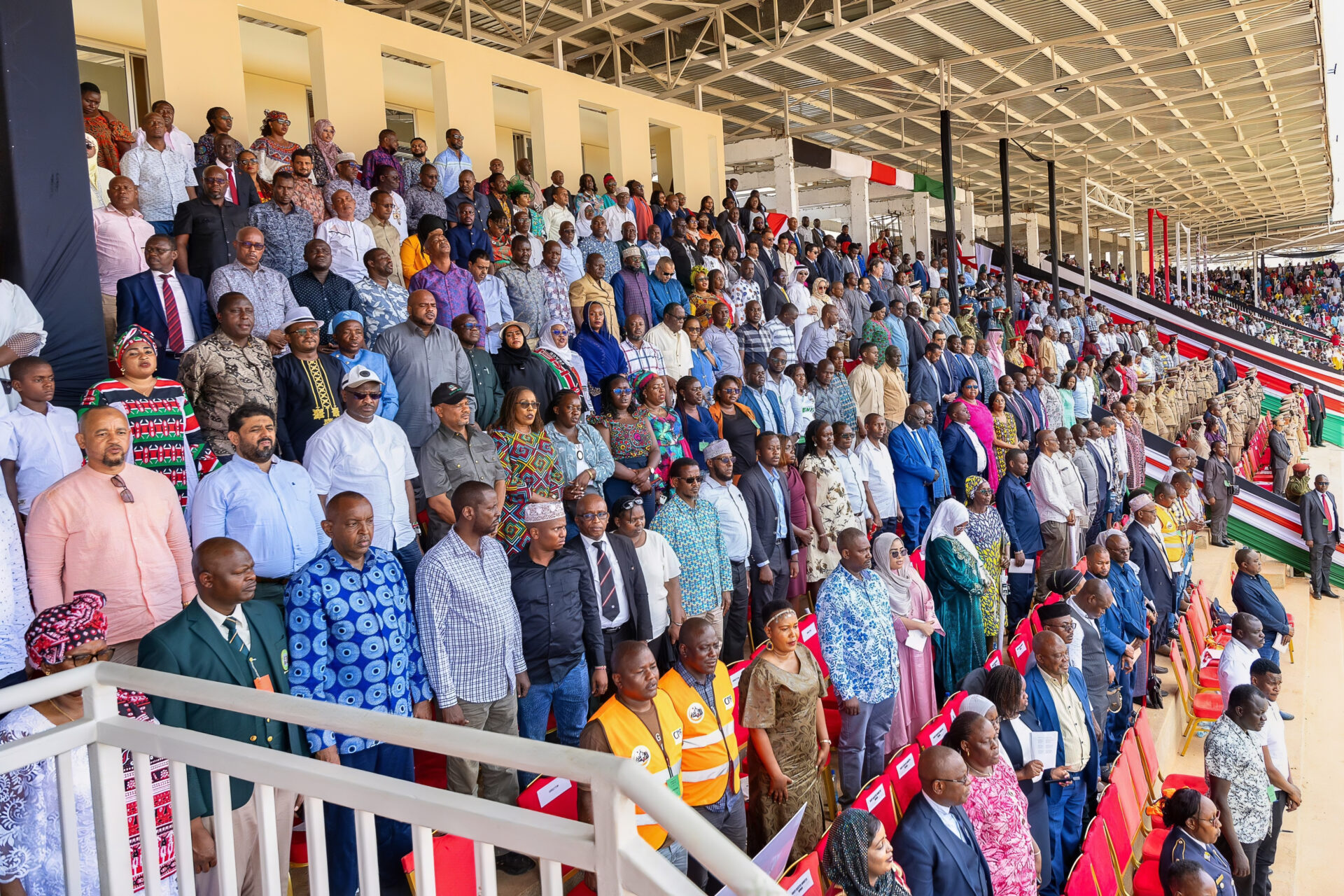
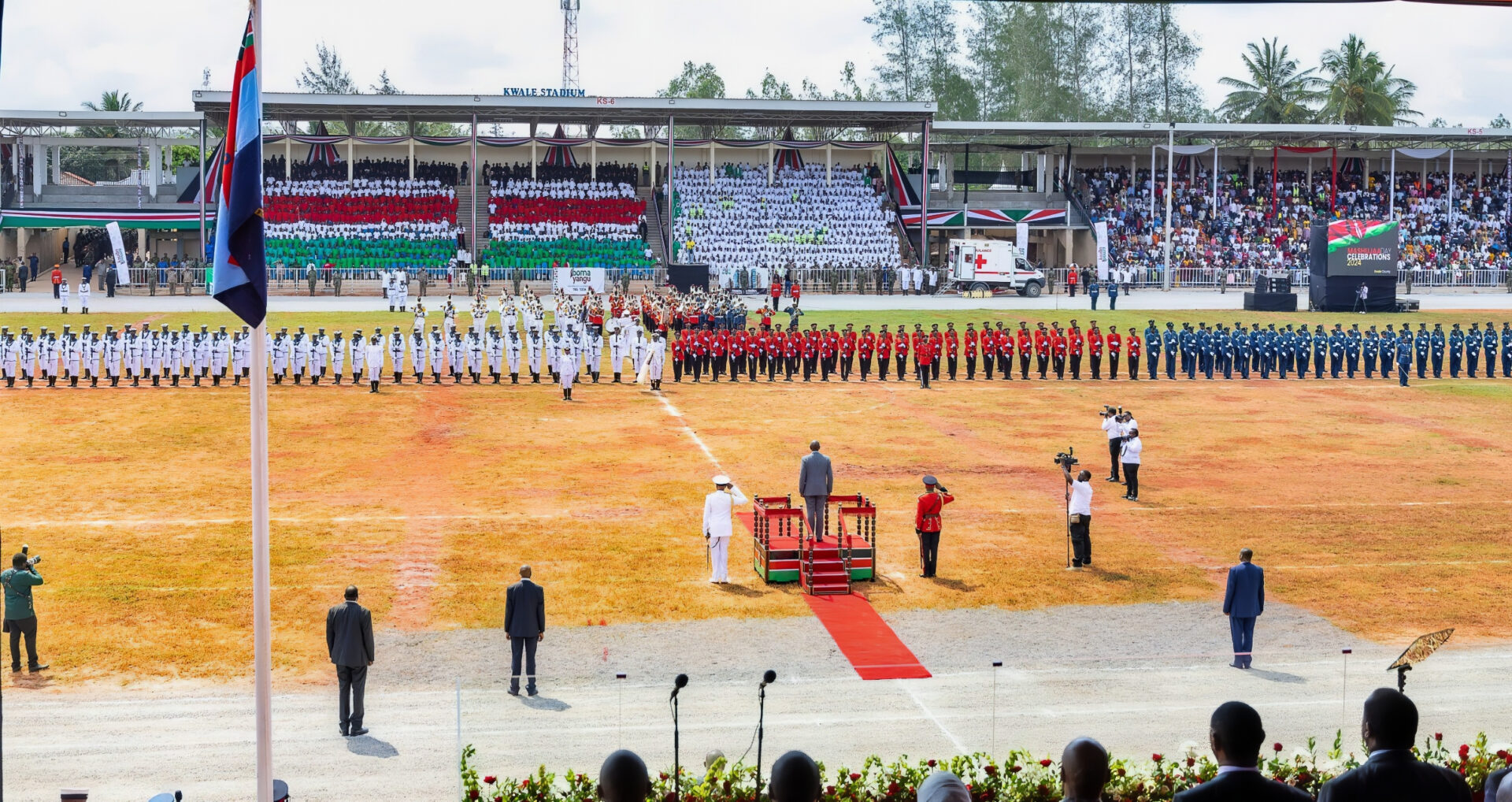


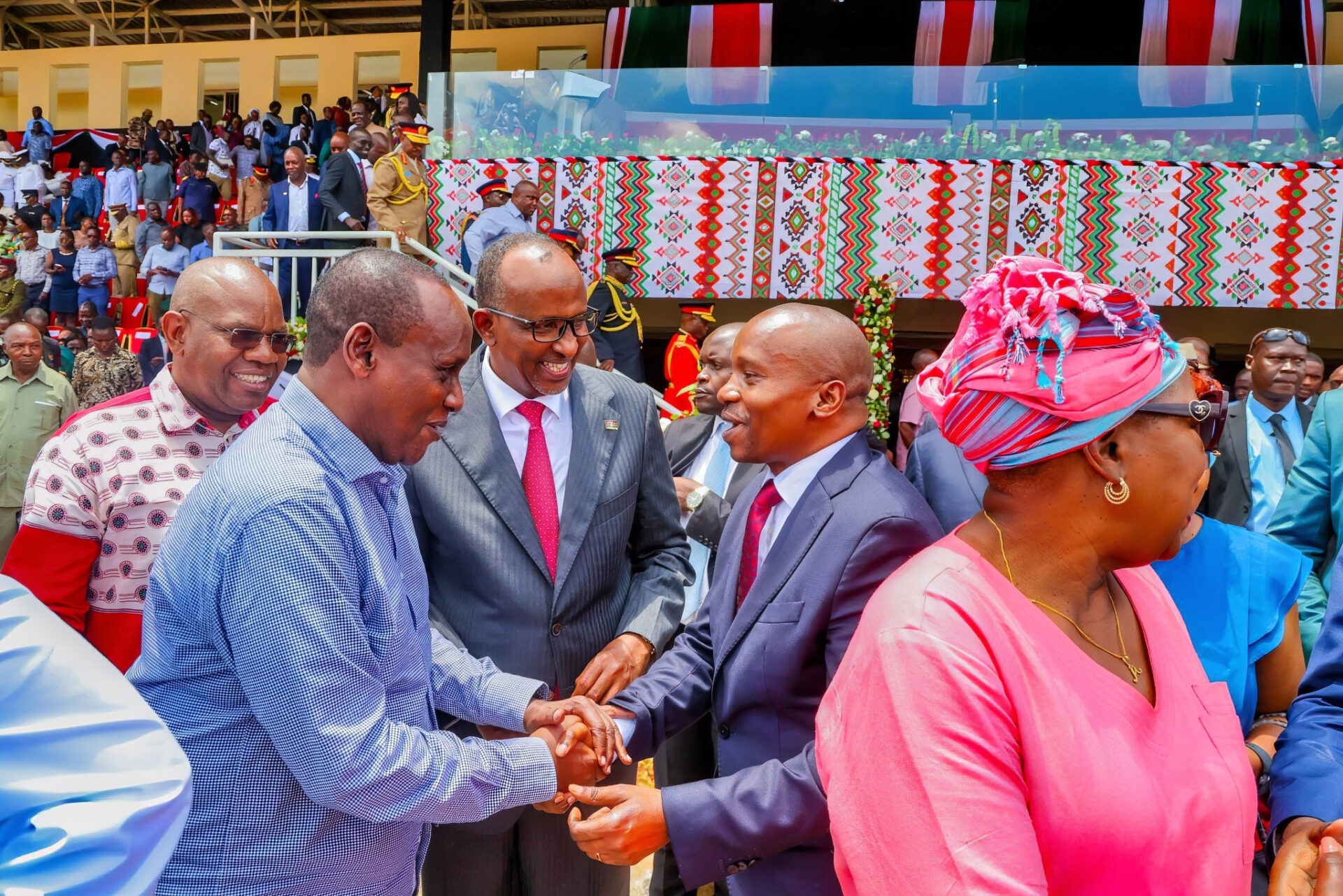
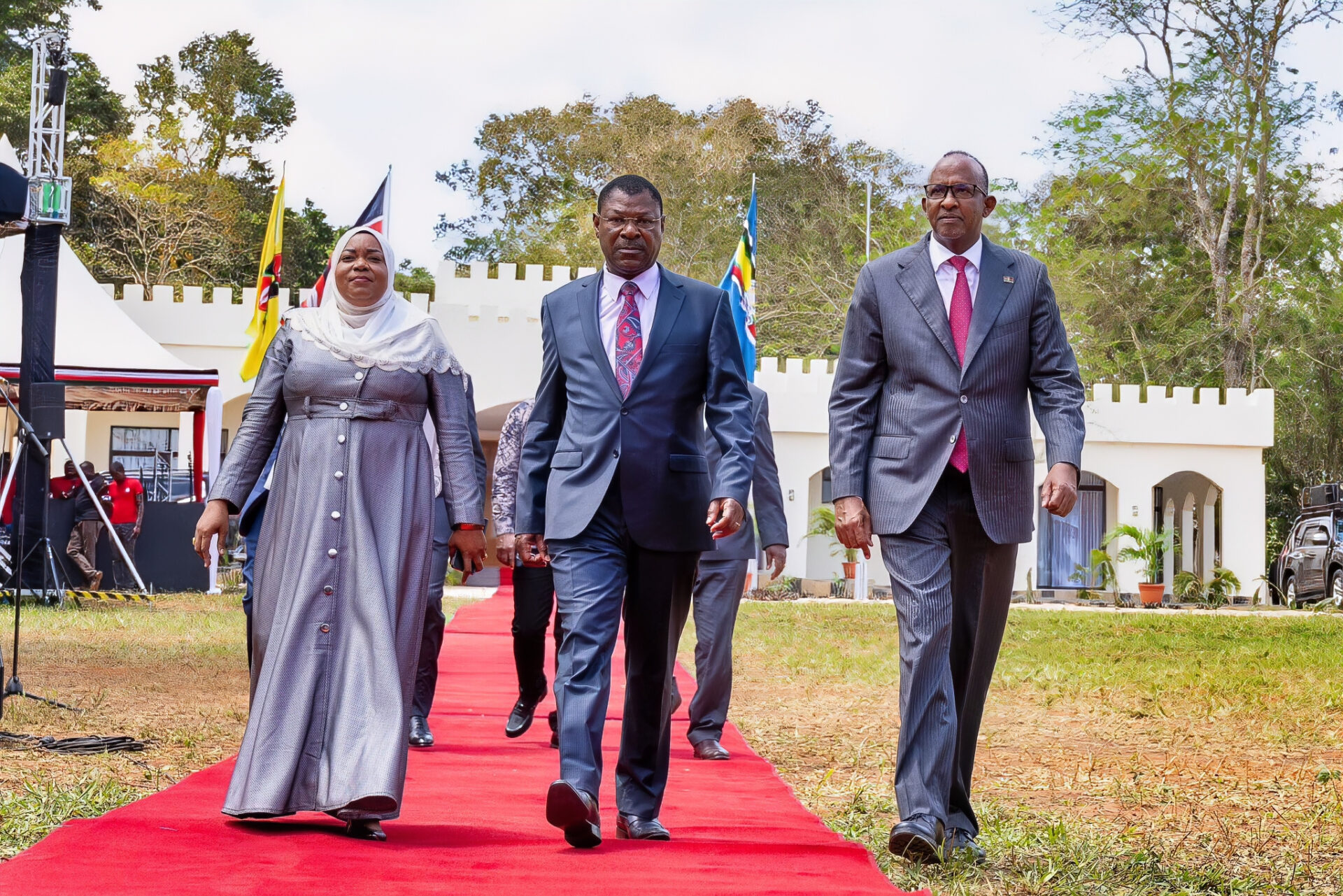


In conclusion, the intersection of affordable housing and environmental sustainability represents a critical nexus for Kenya’s development. It offers a unique opportunity to address a number of challenges simultaneously, ensuring that as the nation grows, it does so in a sustainable and inclusive manner. The commitment expressed by President Ruto and his administration provides a promising outlook for the nation’s trajectory towards achieving socio-economic growth that is environmentally conscious and beneficial for all Kenyans.
Abbas J
- Healthcare and Land Ownership: Machakos County’s Promise of Progress - 13 November 2024
- The Ndukuma Dam Run: A New Chapter in Athletic Excellence - 10 November 2024
- Commercial Banks in Kenya: Record Fines and Regulatory Challenges - 9 November 2024

